
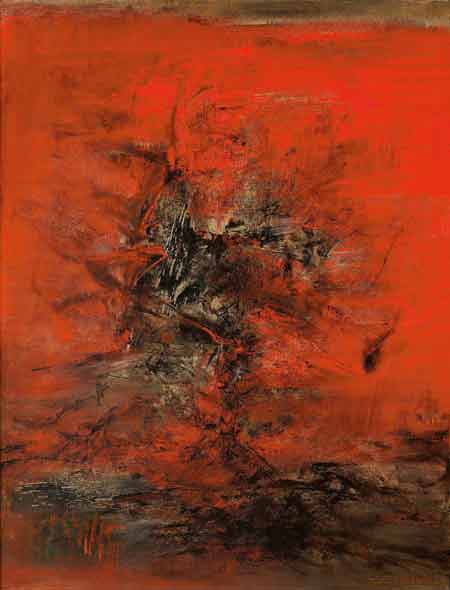 |
| Zao Wou-ki's "24.2.63" will appear at Christie's upcoming spring sales in Hong Kong in May. (Photo/China Daily) |
Over the next 18 months the young artist spent every afternoon at a museum or gallery. In 1949, his first Paris solo exhibition was held at the Creuze Gallery. It was the first of 160 exhibitions worldwide.
Strongly influenced by Swiss-German painter Paul Klee (1879-1940), Zao gradually abandoned details, moving away from representational painting and turning toward abstraction.
Zao believed only abstraction provided greatest freedom and strength. His canvases became a mesh of lines and color blocks invoking scenes of creatures from the Earth, such as ocean and fire.
He stopped naming his works after completing Cloud in 1958, only noting down the finishing date on the back of every painting.
Zao took traditional Chinese art as a reference point to create a new sense of space full of rhythm, color and light. By doing so he claimed to have rediscovered the artistic origins of China and was considered to be representative of the school of Western modern lyrical abstraction.
"People submit themselves to one tradition, while I submit to two," Zao once said of his artistic style. "Although different in presentation, realism and abstractionism are both artists' expressions toward the objective existence."
Yang Feiyun, dean of the Chinese Academy of Oil Painting, says: "Zao is undoubtedly a world-class master. His abstract painting mixes the spirit of both Chinese and Western arts - the idea, form and material come from the West, while the inner core carries the qi (essence) of oriental shan shui (mountains and waters) spirit."


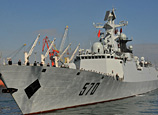

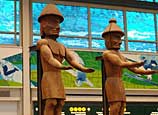
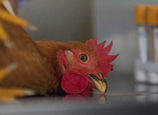
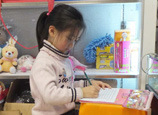



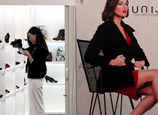
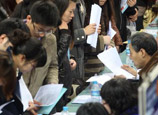






 Photo story: Nostalgia in a small telephone booth
Photo story: Nostalgia in a small telephone booth


![]()
